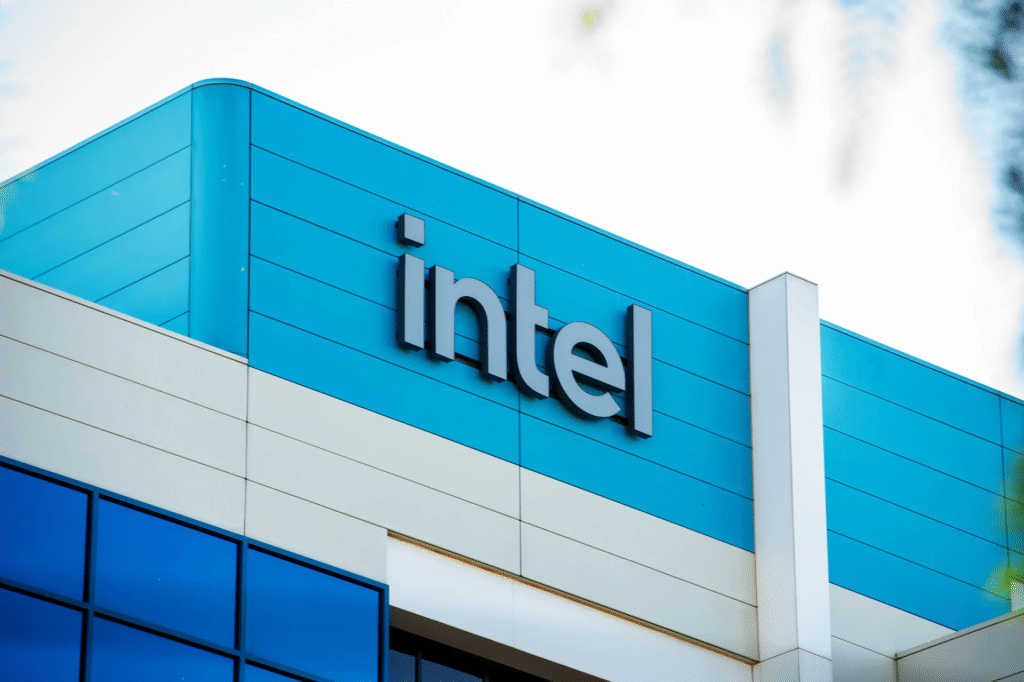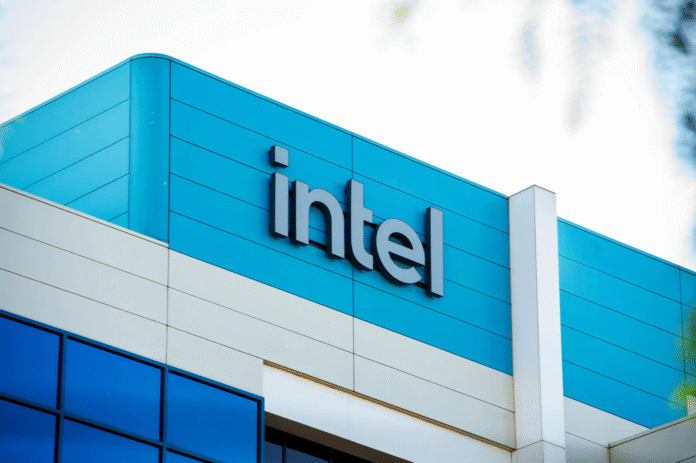
When President Donald Trump imposed sweeping tariffs on a variety of imports in an effort to bolster domestic industries, many in Silicon Valley initially breathed a sigh of relief. The White House offered a narrow exemption for certain semiconductor imports, offering hope to chip manufacturers who feared the escalating costs of overseas supplies. However, this temporary reprieve is beginning to unravel, with some in the tech industry discovering that the loopholes may be more problematic than beneficial. The very structure of Trump’s tariff scheme—combined with its selective nature—poses serious risks to the U.S. semiconductor industry and its hopes of regaining global leadership.
A Narrow Exemption, But What’s Left Out?
The news on the surface seemed promising: the tariffs would not apply to certain semiconductor products, meaning companies wouldn’t face higher import duties. But as quickly as the relief came, complications began to surface. The list of products exempt from the tariffs turned out to be incredibly narrow, leaving many critical components—such as Graphics Processing Units (GPUs) and chip-making equipment—still subject to steep import duties.
In fact, most semiconductors that enter the U.S. are already integrated into other products—such as servers, smartphones, and AI training systems—meaning that the vast majority of imports remain unaffected by the exemption. According to Stacy Rasgon, a senior semiconductor analyst at Bernstein Research, the exemption does little to mitigate the overall damage done by the tariffs. For many companies, the new import duties represent a substantial cost increase, with an estimated 40 percent blended tariff on these goods.
The implications for the U.S. semiconductor sector are far-reaching. For one, the tariffs threaten to undermine efforts to reshore chip production, a key component of U.S. economic revival in the wake of the pandemic. Despite sizable investments from global chipmakers, the costs of essential manufacturing equipment have been pushed higher by the tariffs. Martin Chorzempa, a senior fellow at the Peterson Institute for International Economics, cautions that even substantial investments—such as a hundred billion-dollar commitment to building a U.S.-based chip manufacturing facility—will go much less far than before.
The Tariff System: Complex and Far-Reaching
One of the key complications with Trump’s tariff system lies in the intricacies of the Harmonized Tariff Schedule (HTS), which assigns numerical codes to millions of products imported into the U.S. Each category of goods has its own rate of duties, but the Trump administration’s exemption list only applies to a narrow group of HTS codes within the semiconductor category. This means that specific types of semiconductors, like GPUs, may still face tariffs—depending on how their specific code is categorized.
For example, GPUs generally fall into two HTS categories: 8473.30 and 8542.31. However, the tariff exemption only applies to more advanced GPUs within the 8542.31 code, excluding other GPUs that fall under the 8473.30 code, which includes many GPUs used in AI or high-performance computing tasks. In a real-world scenario, this distinction could affect companies like Nvidia, whose DGX systems, designed for AI computing, are likely still subject to tariffs. The classification system is often vague, and companies are left to navigate a complex and ever-changing landscape of rules.
The Macro Implications for Tech
The semiconductor industry is one of the most interconnected sectors in the global economy. As Rasgon points out, chipmakers don’t operate in isolation—they rely on a wide range of imported components and raw materials. The impact of tariffs isn’t just felt by manufacturers in the U.S., but reverberates throughout the global supply chain. With semiconductors embedded in nearly every consumer product, from cars to refrigerators, these tariffs affect the broader economy as well. As costs rise across the board, consumer prices are expected to follow suit, putting additional strain on already-challenged American households.
Moreover, the U.S. semiconductor industry is attempting to capitalize on a global shortage and shift production back to American soil. However, these tariffs could stifle this potential growth. With increasing operational costs, manufacturers may reconsider their plans to build new fabs in the U.S., or may scale back investments in existing facilities. The challenges of navigating an unpredictable tariff system only compound the difficulties facing U.S. manufacturers.
A Double-Edged Sword for Tech Giants
For tech giants that depend heavily on global supply chains, the tariffs represent a thorny dilemma. On the one hand, some companies may have the resources to absorb the increased costs, or they may adjust by shifting production strategies. On the other hand, smaller manufacturers and startups are likely to face more significant disruptions, as the tariff burden may be too great to manage without severely impacting their bottom lines. In the case of GPU producers and other chipmakers, the cost of doing business could significantly hinder their ability to compete with foreign rivals, particularly those in Asia who are not subject to the same duties.
Additionally, as the U.S. seeks to counter China’s growing dominance in the global chip industry, these tariffs may inadvertently help China by making American products more expensive. As U.S. companies struggle with inflated import prices, competitors from China and other countries may have a relative pricing advantage, further eroding American leadership in the tech world.
The Path Forward: Navigating a Complex Landscape
While the tariffs may have initially been framed as a strategic move to revive domestic manufacturing, they are increasingly seen as a hindrance rather than a help. As the semiconductor industry grapples with these new economic pressures, the focus must shift to finding sustainable solutions that protect the interests of American businesses while also fostering a competitive global marketplace.
At this point, the administration’s stance on tariffs may need to evolve. More comprehensive exemptions, clearer definitions within the HTS, and a focus on supporting innovation in semiconductor manufacturing are essential for the U.S. to maintain its position as a leader in the global tech industry. As companies continue to navigate this shifting landscape, the real question remains: can the U.S. semiconductor industry survive the collateral damage of tariffs and come out stronger on the other side?
For now, it’s clear that the tariffs’ long-term impact will depend on how the administration chooses to address the complexities of the tech sector’s reliance on global supply chains. What’s at stake is not just the revival of domestic semiconductor production but the future of U.S. technological leadership itself.


